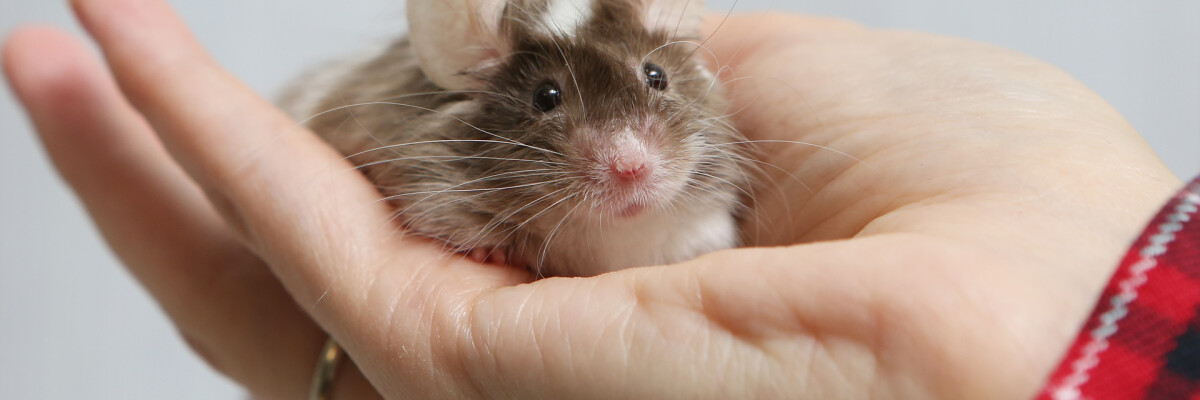Discovering a method for rapidly regenerating organs and tissues is a task that scientists worldwide have been struggling with over many years.
Just like humans, adult mammals have limited regenerative capabilities. Sure, our bodies can quickly heal minor cuts without leaving any trace. Unfortunately, a scar always develops after a significant injury. In the case of internal or regular external injuries, fibrosis appears together with the growth of connective tissue, which has no practical function other than "concealing the damage."
Perhaps the answer to healing any injury, including damaged organs, lies with the spiny mouse. Although, as scientists have discovered, it is an almost unprecedented example of an adult mammal that can heal without leaving any trace, not only on their skin but even their internal organs, including the spinal cord, which, typically, cannot be repaired on its own.
Why spiny mice are practically "immortal"
The superior level of self-regeneration found in spiny mice living in the Middle East, South Asia, and Africa could be a survival mechanism: when the mouse is roughly handled (for example, when a predator grabs the mouse with its teeth), their skin easily peels off, enabling the mouse to evade the enemy. So, even though their skin is ripped down to just flesh and bone, the mouse will restore its nerve endings, skin glands, adipose tissue, muscle tissue, and fur in just a few weeks.
A similar defense strategy is found, for example, in geckos. Their skin has two layers - a fragile outer layer and a tougher inner one. Between them, loose connective tissue forms a rupture site. In spiny mice, the makeup of their skin is almost identical to common mice. It's made up mainly of collagen III rather than collagen I, typical for all mammals. As a result, scientists indicate that collagen III can heal without scarring.
The internal organs of spiny mice are likewise capable of regeneration. For example, in the final phases of various forms of kidney disease, the renal tubules start replacing the functional tissue, causing their complete failure, leading to a patient's death. However, spiny mice with these diseases don’t form connective tissue. Instead, the structure of the renal tubules is preserved.
In 2019, scientists at the University of Florida in the US damaged the spinal cords of spiny mice and common house mice using compression, mimicking the most common spinal cord injury in humans. Within a couple of days, the spiny mice could again empty their bladders on their own (which people with spinal cord injuries cannot do).
Share this with your friends!





Be the first to comment
Please log in to comment